Hawa Mahal Jaipur
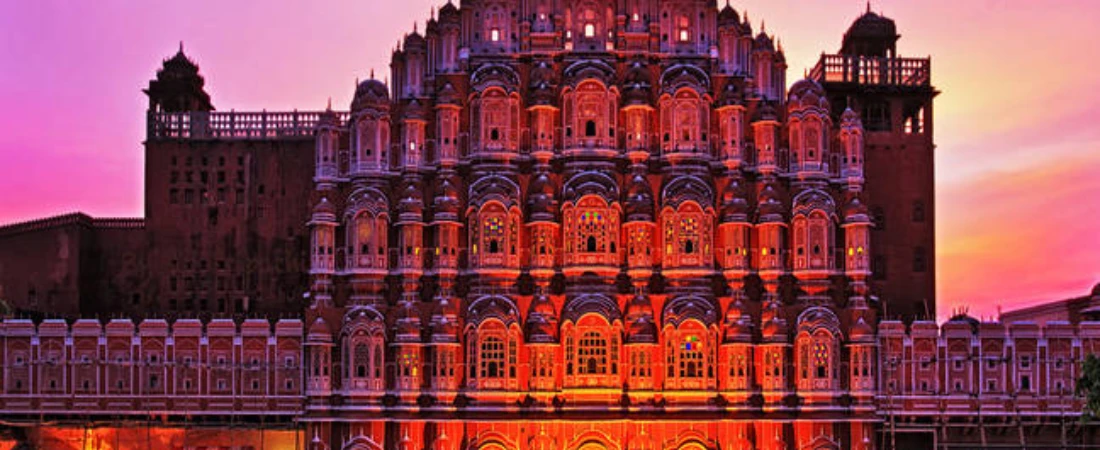
The Pink City of Jaipur is filled with heritage, color, and royal charm, but one monument that stands as its signature is Hawa Mahal Jaipur, also known as the Palace of Winds. Located at the heart of the old city, this five-storey masterpiece is an example of Rajput elegance and Mughal influence wrapped in a facade of red and pink sandstone. What makes it so special is not just its beauty but the story behind its creation. Built in 1799, the palace was designed so that royal women could observe the life of the city without being seen, staying true to the traditions of the time. Today, Hawa Mahal draws tourists from across the world who are mesmerized by its unique honeycomb design, natural cooling system, and the feeling of walking through a piece of history. Visiting Hawa Mahal is not just about sightseeing—it's an emotional and cultural experience that brings you closer to Rajasthan’s royal soul.
A window to royal life
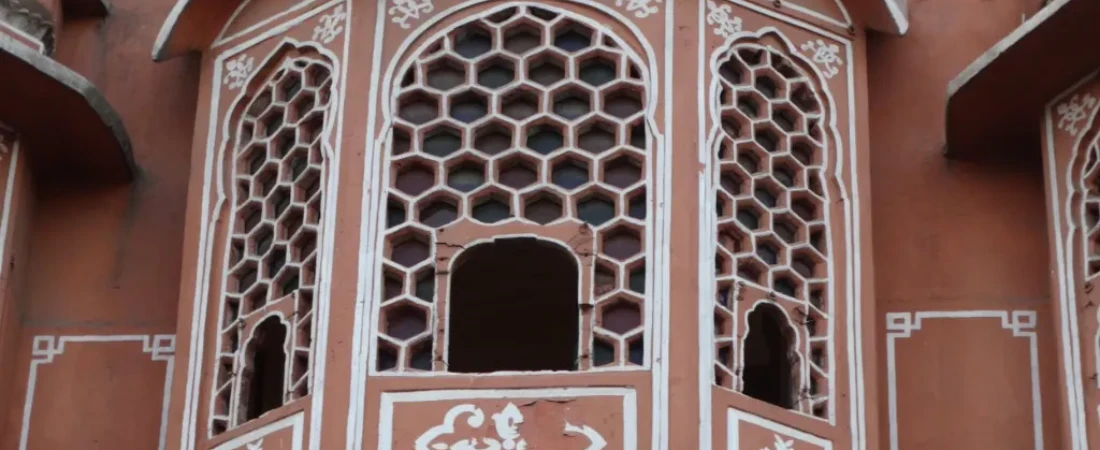
Hawa Mahal was commissioned by Maharaja Sawai Pratap Singh, a ruler of the Kachhwaha Rajput dynasty, who was inspired by his devotion to Lord Krishna and the lifestyle of royal women. In the 18th century, women of the royal household followed the purdah system, which meant they couldn’t appear in public. Festivals, markets, and daily activities on the streets of Jaipur were beyond their reach—unless there was a way to watch it all unfold without stepping outside. That’s where Hawa Mahal came in. It was built as a high screen wall, with 953 tiny windows called jharokhas that allowed the women to see outside while remaining hidden.
More than just a palace, Hawa Mahal was a vision of dignity and freedom within constraints. It showed the ruler’s respect for tradition and care for the royal women’s comfort and connection to the world. Though it served a specific purpose, it was built with remarkable creativity and care, blending purpose with art. Even today, standing in front of this monument gives a sense of what life must have been like behind those tiny windows, watching a bustling Jaipur while the wind gently cooled the rooms. It tells a quiet story of grace, privacy, and power.
A masterpiece in stone
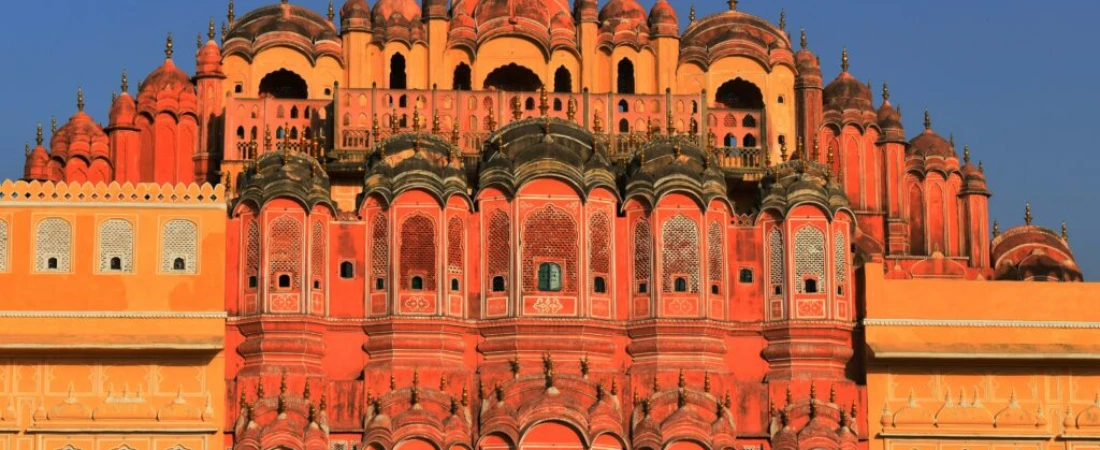
Architecturally, Hawa Mahal is unlike any other palace in India. It was designed by Lal Chand Ustad in the form of Lord Krishna’s crown, symbolizing the king’s devotion. Made from pink and red sandstone, the structure blends Rajasthani Rajput and Mughal styles, visible in its arches, domes, and floral designs. From the street, it looks massive, but it’s actually very narrow inside—more like a tall corridor than a wide building. Despite its size, the palace is incredibly stable, even though it has no foundation at the back. Its unique pyramid shape and hollow structure have kept it standing strong for over 200 years.
The most fascinating element is the 953 windows that make up its honeycomb facade. These jharokhas aren’t just for decoration—they act as a natural ventilation system. The breeze passing through these small openings creates a cooling effect inside the palace, which is why it was named Hawa Mahal—the Palace of Winds. Even on hot summer days, the temperature inside feels noticeably cooler than outside. This natural air-conditioning system is a brilliant example of ancient engineering and sustainable design. Inside, the rooms are simple, small, and connected by steep stairs and narrow passages. The top levels offer panoramic views of the city, the City Palace, and the busy markets below. The play of light, shade, and wind throughout the palace creates a peaceful and poetic atmosphere that visitors rarely forget.
Getting there

Reaching Hawa Mahal Jaipur is easy, as it’s located in the heart of the old city, near Badi Chaupad. From Jaipur Railway Station, it's about 6 kilometers, and from Jaipur International Airport, around 13 kilometers. You can take a taxi, auto-rickshaw, or even cycle through the colorful streets to reach it. If you're staying in the city center, walking is also an option since many attractions are close to each other. Because Hawa Mahal is in a busy area, driving yourself might be tricky due to narrow roads and heavy traffic, so it’s better to use public transport or a hired driver.
The monument is open every day from 9:00 AM to 4:30 PM. Ticket prices are budget-friendly—₹50 for Indian citizens and ₹200 for foreign tourists. A composite ticket that includes Hawa Mahal, City Palace, and Jantar Mantar is also available and recommended for first-time visitors. Guides and audio tours can be hired at the entrance for a deeper understanding of the palace’s purpose and details. There are also cafes and rooftop restaurants nearby where you can enjoy a beautiful view of the palace while sipping on tea or cold coffee. The most popular time to visit is in the morning when the soft golden sunlight hits the facade and brings out the full charm of the pink sandstone. Winter, especially from October to March, is the best season to visit as the weather is pleasant and suitable for walking and photography.
The view from the top
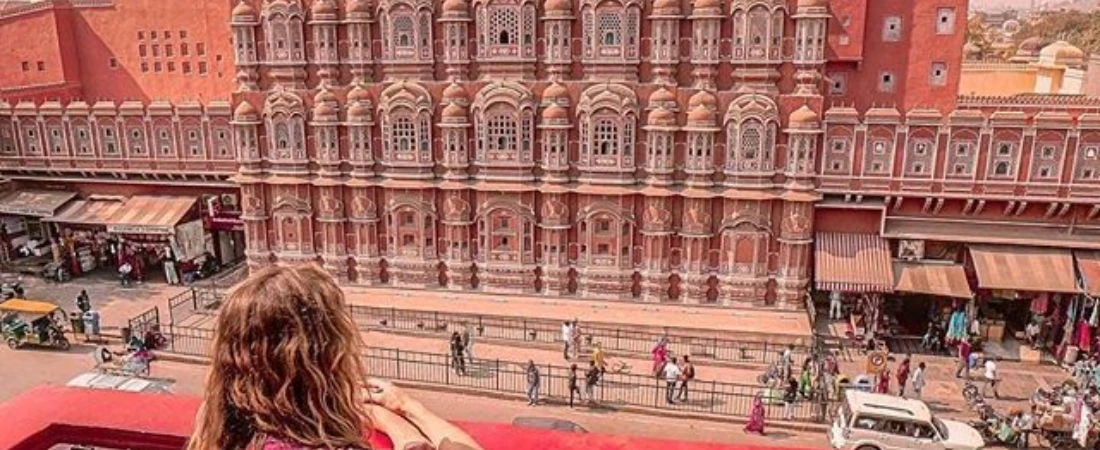
One of the most rewarding parts of visiting Hawa Mahal is climbing to its upper levels and seeing Jaipur from a new perspective. As you climb the steep steps, the palace narrows, and the air becomes cooler. When you reach the top, the city opens up before you like a living painting. To one side, you can see the City Palace, to another, the ancient Jantar Mantar, and all around you are colorful rooftops, temples, and markets. The breeze up here is constant, and it carries with it the sounds of the city—bells ringing, horns honking, and people laughing. It feels like stepping into a moment frozen in time.
Visitors often pause here not just to take pictures, but to sit and reflect. It’s a place where the old and new Jaipur come together. The narrow staircases, the wind through the jharokhas, and the views of modern life happening around an ancient palace create a powerful experience. This spot reminds you that heritage isn’t just something to admire—it’s something to feel and be part of. It’s easy to see why so many photographers, poets, and travelers are drawn to this place. The light, the wind, and the view all work together to create a peaceful yet unforgettable moment.
Final Thoughts
Hawa Mahal Jaipur is not just an architectural wonder—it is a symbol of thoughtful design, royal elegance, and cultural depth. From its purpose-built windows that protected the dignity of royal women to its intricate latticework that brings cool air into the palace, every part of Hawa Mahal tells a story of innovation and heritage. Standing before it or walking through its narrow passages, you don’t just admire a monument—you feel connected to a time when tradition, beauty, and practicality worked in harmony. Whether you’re exploring Jaipur for the first time or returning to soak in its magic again, Hawa Mahal is a place that captures your imagination and stays in your memory. It’s a timeless reminder of how architecture can serve the soul of a city—and leave a lasting impression on all who visit


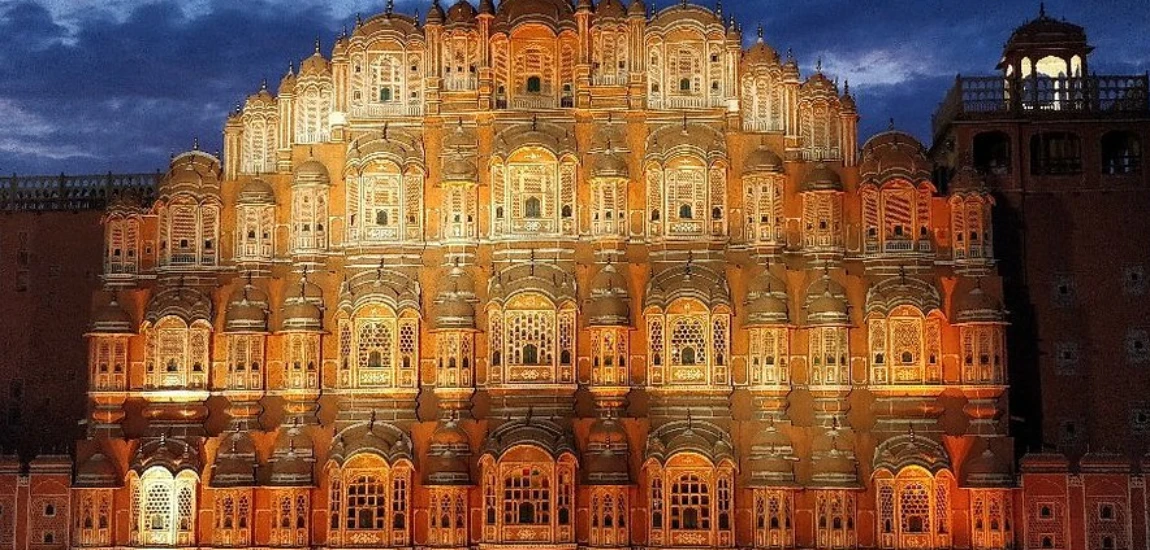
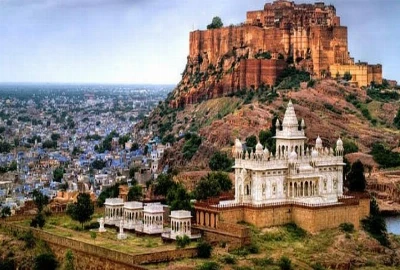
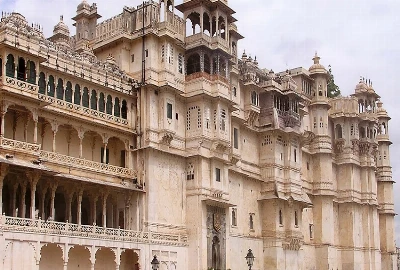


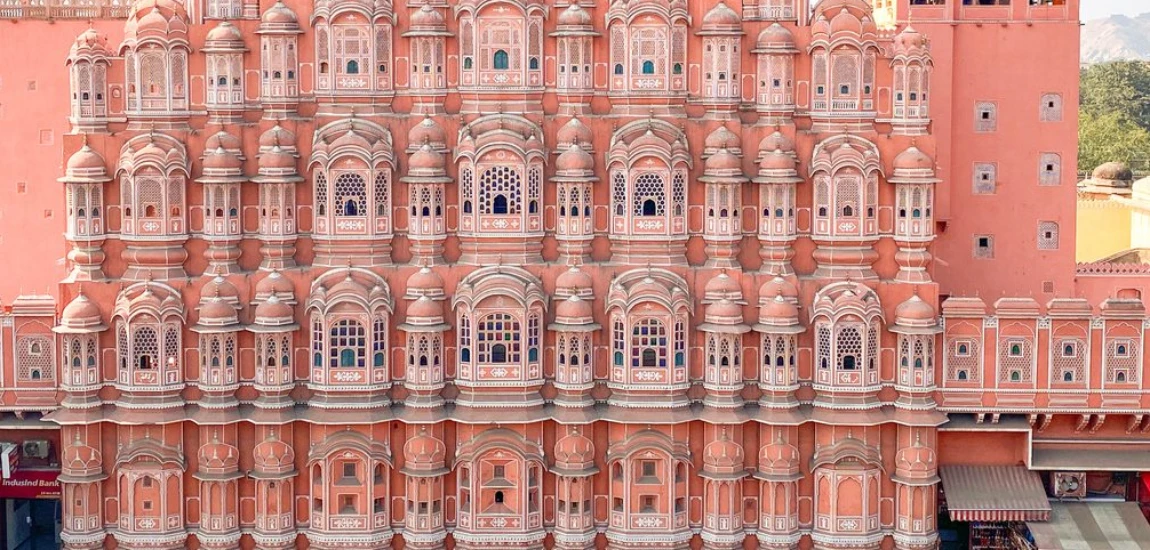
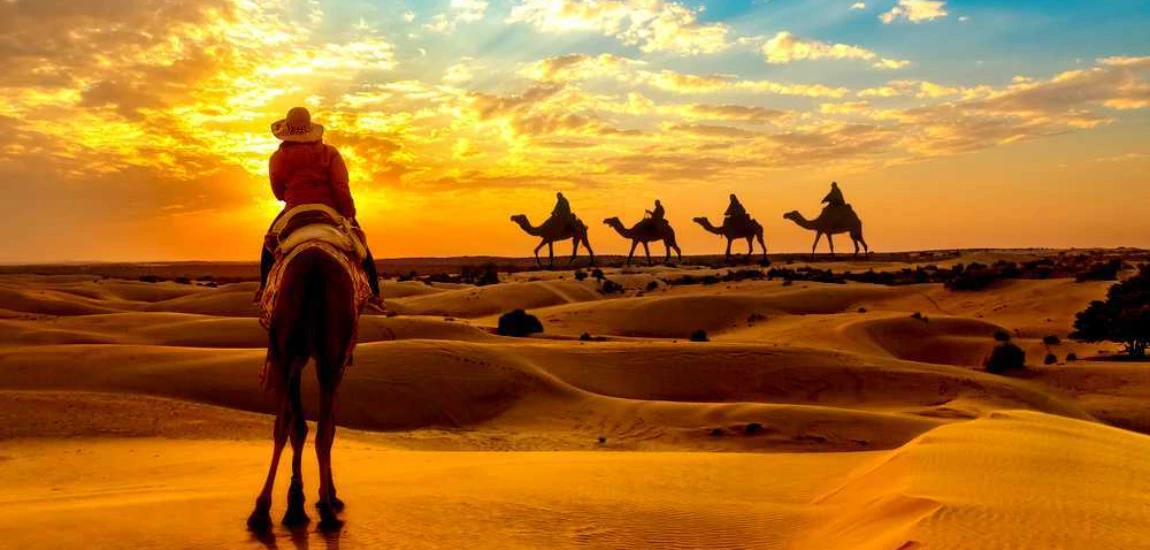
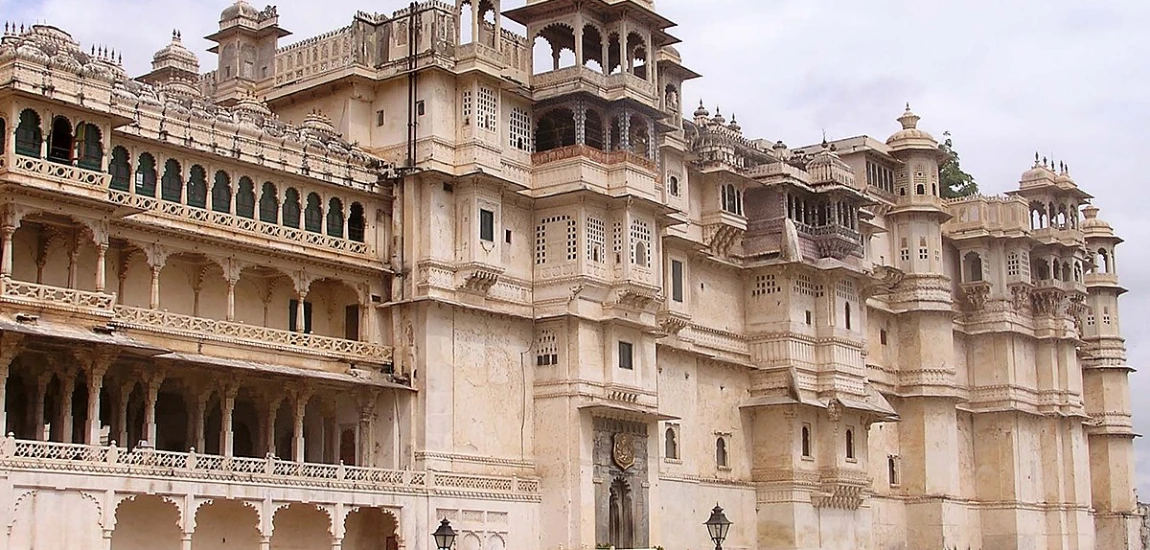
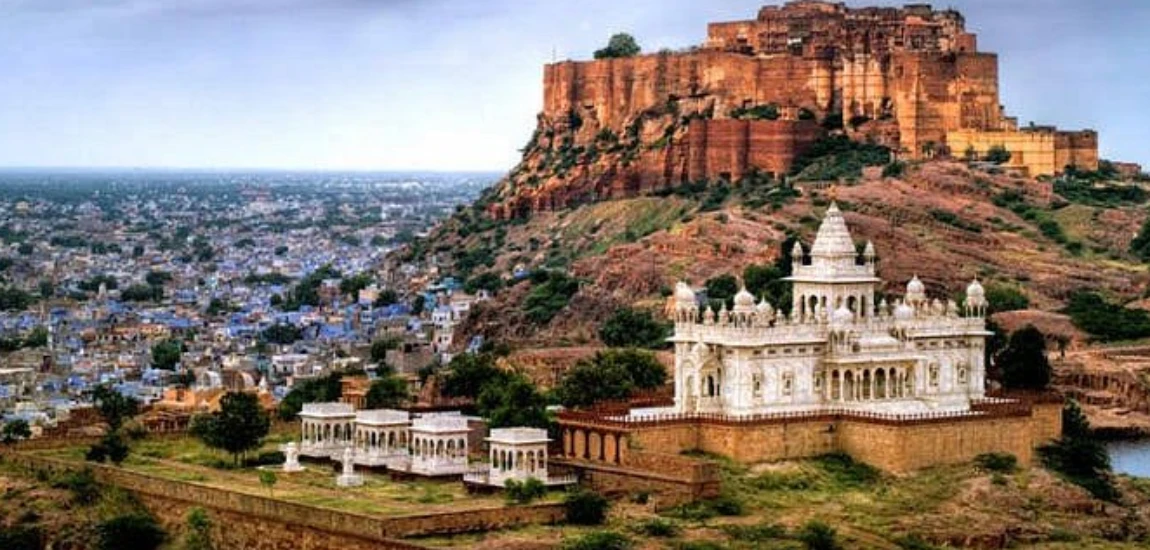
Leave a comment